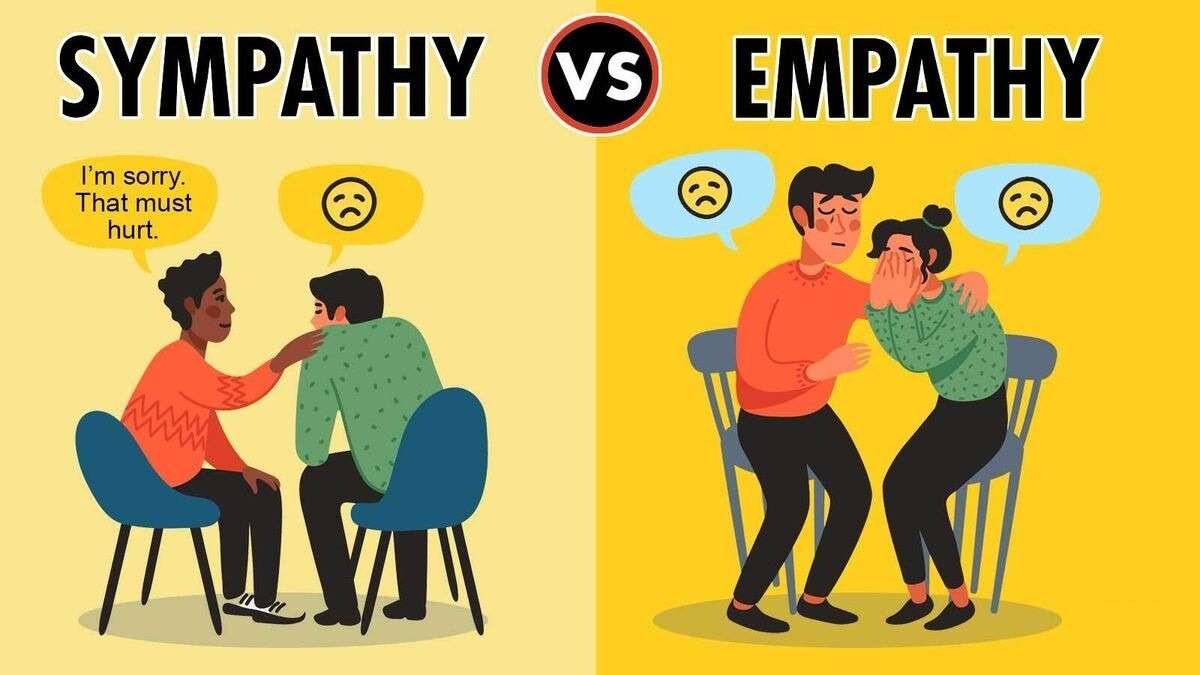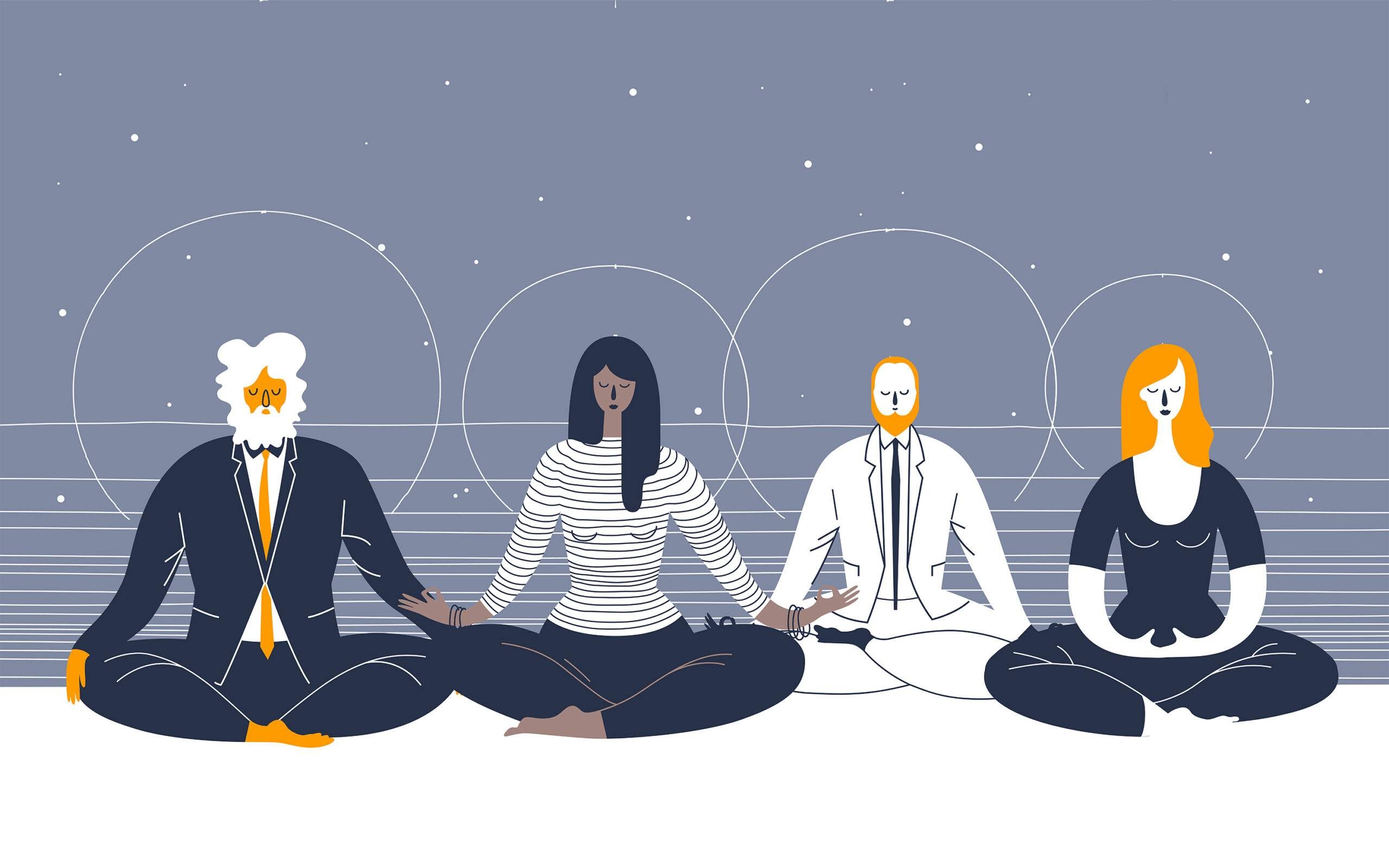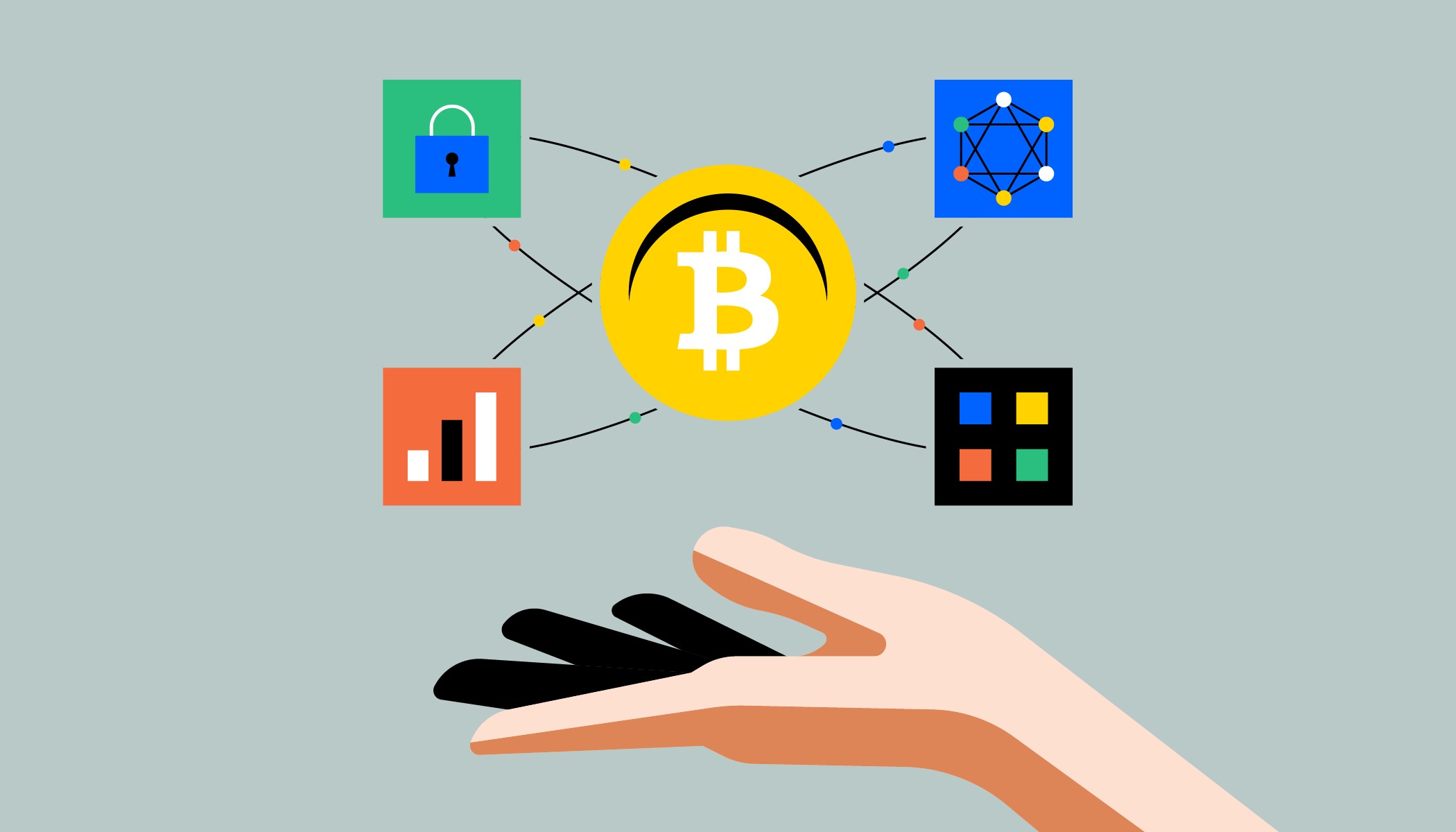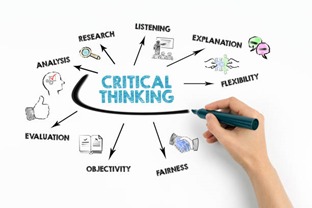What Is Mindfulness Meditation?
At its core, mindfulness means being fully present. It’s the practice of noticing your thoughts, emotions, and sensations without reacting to them or pushing them away.
Mindfulness meditation is a formal way to train this mental muscle. It’s not about clearing your mind or achieving instant peace—it’s about observing your inner world without getting swept away by it.
Think of it like watching clouds pass across the sky. The clouds (thoughts) are there, but you don’t have to chase them. You just notice and let them drift by.
Benefits of Mindfulness Meditation
People often come to meditation looking for stress relief—and it delivers. But that’s just the beginning. Regular mindfulness practice has been shown to:
-
Reduce anxiety and depression
-
Improve focus and attention
-
Enhance emotional regulation
-
Lower blood pressure and improve sleep
-
Increase self-awareness and compassion
It’s not magic—it’s neuroscience. Meditation helps rewire your brain to respond more calmly and clearly to life’s challenges.
Getting Started: A Simple Step-by-Step Guide
No incense, no robes, no chanting required. Here’s how to begin your mindfulness meditation practice.
Step 1: Set the Scene
-
Find a quiet space where you won’t be disturbed for a few minutes.
-
Sit comfortably—on a chair, cushion, or even lying down (just try not to fall asleep).
-
Close your eyes if you feel comfortable, or lower your gaze to the floor.
Step 2: Focus on Your Breath
-
Bring your attention to your breath—feel the air entering through your nose, your chest rising, your belly expanding.
-
Don’t try to breathe a certain way. Just notice what’s already happening.
Step 3: Notice When Your Mind Wanders
-
This will happen. And that’s okay.
-
The moment you realize you’ve drifted—thinking about dinner, your inbox, or a random memory—that’s the moment of mindfulness.
-
Gently bring your attention back to your breath, again and again.
Step 4: Be Kind to Yourself
-
There’s no such thing as a “bad” meditation.
-
Each time you return your focus, you’re building the habit of awareness.
-
Treat yourself with the same patience you’d offer a close friend.
Try this for just 5 minutes a day. That’s it. Over time, you can build up to 10, 15, or 20 minutes—but consistency matters more than duration.
Tips for Staying Consistent
Starting is one thing. Sticking with it is another. Here are some ways to stay on track:
1. Link It to an Existing Habit
-
Meditate right after brushing your teeth or before your morning coffee.
-
Stacking it onto an established routine makes it easier to remember.
2. Use a Timer or App
-
Set a simple timer so you’re not peeking at the clock.
-
Apps like Insight Timer, Headspace, or Calm offer guided sessions for beginners.
3. Keep a Journal
-
Jot down how you feel before and after meditating.
-
This helps you notice subtle benefits over time and builds motivation.
4. Start with Guided Meditations
-
Listening to someone gently guide your attention can be easier than sitting in silence.
-
Many free resources are available on YouTube or in app stores.
Common Questions (and Honest Answers)
“What if I can’t stop thinking?”
You’re not supposed to stop thinking. Thoughts will come. The goal is to notice them and return to the present. Meditation is about awareness, not emptiness.
“I tried it once and didn’t feel anything.”
That’s totally normal. Meditation is like exercise—it works over time. You might not notice big changes immediately, but keep going and they’ll come.
“Isn’t it boring?”
At first, it can be! Our brains are used to constant stimulation. But with practice, you might start to appreciate the simplicity—and even look forward to it.
Beyond the Cushion: Bringing Mindfulness Into Daily Life
You don’t have to limit mindfulness to sitting meditation. You can practice it anytime:
-
While washing dishes, feel the warm water and movements of your hands.
-
On a walk, notice the sensations of your feet touching the ground.
-
When eating, slow down and savor each bite.
These “mini moments” of awareness help anchor you in the now—and can transform everyday routines into calm, grounding experiences.
Conclusion: Your Mind, Your Space
Mindfulness meditation isn’t about becoming someone new. It’s about tuning in to who you already are—beneath the noise, the stress, the endless thinking.
By learning to pause, breathe, and simply be, you gain a powerful tool for navigating life with more clarity, calm, and compassion.
You don’t need hours of free time, special gear, or a perfect mindset to start. Just a few minutes of attention, repeated regularly, can open the door to lasting change.
So take a breath, take a seat, and give yourself permission to begin. Your mind will thank you. 🧘♂️🧘♀️










